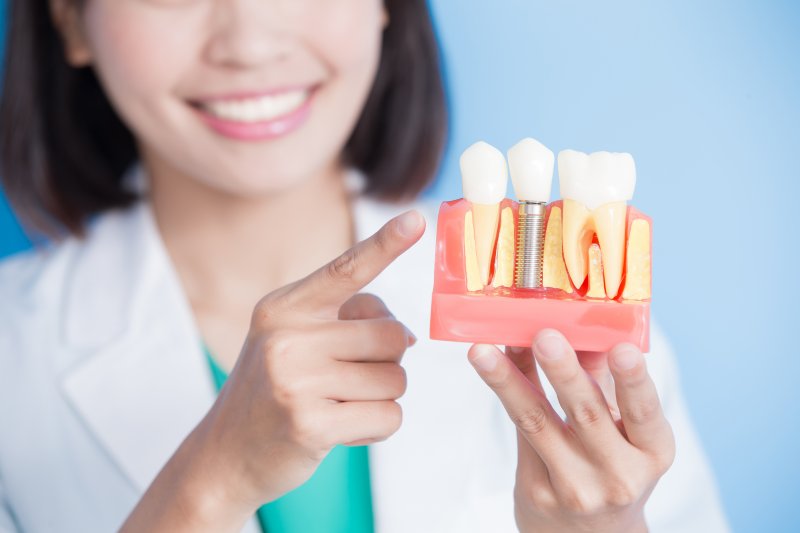If you are considering taking a varicose vein treatment, it’s essential to understand what causes the condition and the various treatments available. You should also know how to prevent the infection. You can take steps to prevent varicose veins by avoiding the factors that contribute to their development.
Symptoms
One of the most common ways to treat varicose veins is sclerotherapy, which uses a chemical to close off the affected vein. The chemical is injected into the affected vein, causing irritation and scarring and eventually closing it off. The procedure is often done in a doctor’s office. It can be done one to two times a week, but sometimes it takes multiple treatments to close off the problem vein completely. After sclerotherapy, the affected area will be covered with an elastic bandage to promote healing.
You may have varicose veins if you notice an unnatural shine on your legs or a discolored area on the skin. It may also accompany other symptoms, such as itchiness and peeling. It is essential to consult a doctor and seek Varicose Vein Treatment as soon as you notice any of these symptoms, as they may indicate a more severe condition that requires a more complicated treatment.
Causes
Several treatment options are available if you’re suffering from varicose veins. A vascular specialist can advise you on the best treatment for your case. Endothermal ablation uses high-frequency radio waves and lasers to seal off the affected veins. On the other hand, radiofrequency ablation heats up the vein wall with radiofrequency energy.
In some cases, surgery may be the best option. After surgery, patients are advised to elevate their legs. This helps encourage better blood flow. Patients are also advised to upgrade their legs while sitting.
Treatments
There are many treatments for varicose veins, and you may want to consider one if you are worried about them. One of the most popular treatments is varicose vein surgery, which can cure symptoms like pain, swelling, and bleeding. The procedure is minor and involves making small incisions in the leg. After completing the process, you will need to wear compression stockings for a couple of weeks.
Varicose veins can make it uncomfortable to participate in many activities, including walking or biking. People with varicose veins may experience swelling, fatigue, and discomfort and may also need frequent breaks.
Prevention
The first step to preventing varicose veins is to assess your risk factors. You should avoid standing for long periods, especially if you stand all day for work. A doctor can also check the appearance of varicose veins through a physical exam. During the physical exam, your doctor will measure the size of the veins and whether they are swollen or discolored. The doctor will also order a doppler test (also known as a duplex ultrasound), which uses sound waves to evaluate blood flow through the veins.
Other factors that can increase your risk of varicose veins include age and family history. Age may weaken vein valves, and previous leg injuries may affect their health. Genetics may also play a role. Sitting for extended periods and not exercising can aggravate the condition. Regular exercise will help to maintain healthy blood flow and reduce the chances of developing varicose veins.
Lifestyle Changes
In some cases, implementing lifestyle changes may result in more successful treatment for varicose veins. However, there is no single treatment for this disease, and many factors are involved in its progression. These factors may vary in intensity and frequency, and some patients may be able to implement a change or two in their daily lives.
For instance, if you have excess body weight, this can put a lot of pressure on your feet and legs. It can also restrict blood flow, causing varicose veins. As a result, losing weight is a great way to reduce your risk of getting this condition. Additionally, you should start eating healthier foods and limit the number of large meals you eat throughout the day.


 Home
Home










